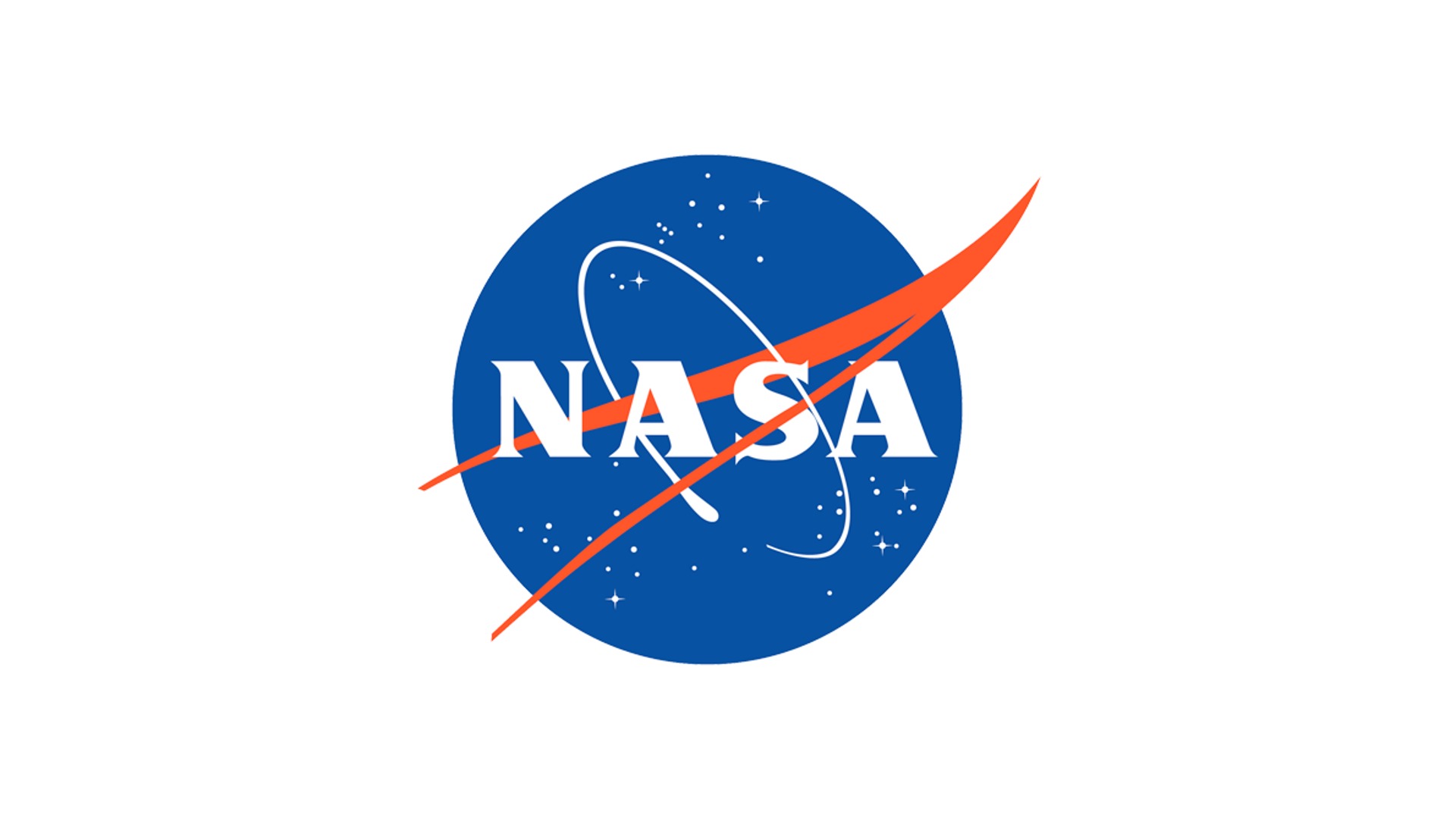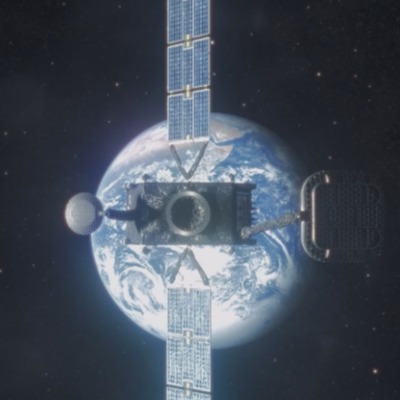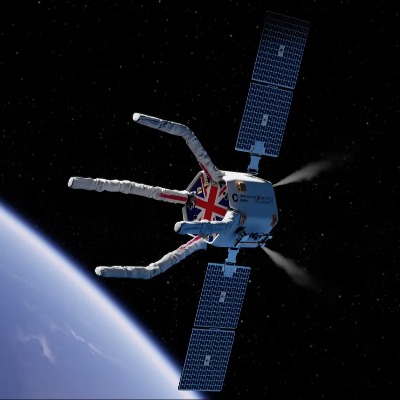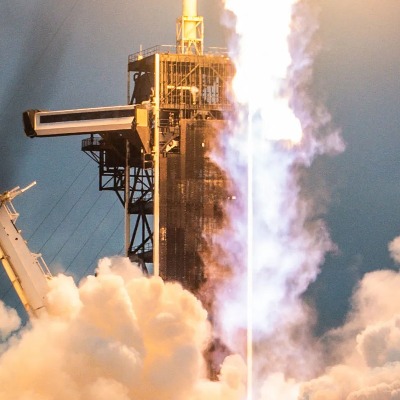Tiny Titans Of Tech: NASA Cameras Hitch a Ride To Moon Aboard Intuitive Machines Lander

As excitement builds for Valentine's Day, another kind of love affair is set to blossom on the lunar surface. Aboard the Intuitive Machines' IM-1 Nova-C moon lander, affectionately named Odysseus, four tiny NASA cameras are preparing for a thrilling adventure – studying how spacecraft interact with the lunar dust. This unique mission, scheduled to launch on Wednesday, February 14th, promises to shed light on a critical factor in future lunar exploration.
Seeing is Believing: The Mission of SCALPSS
Developed by NASA's Langley Research Center, the Stereo Cameras for Lunar Plume-Surface Studies (SCALPSS) are aptly named. Mounted around the base of the lander, they will act as eagle-eyed observers, meticulously documenting how Odysseus' engine plume affects the lunar regolith during descent and landing.
Capturing the Dance of Dust:
"The lunar surface is incredibly delicate," explains Olivia Tyrrell, the SCALPSS photogrammetry team lead. "Understanding how spacecraft engines interact with the dust is crucial for planning future missions and protecting this pristine environment."
SCALPSS utilizes the power of stereo vision, meaning each scene is captured by two slightly offset cameras, mimicking human binocular vision. This technique allows scientists to create detailed 3D models of the lunar surface, revealing any changes caused by the lander's descent.
More Than Just Pretty Pictures:
The data collected by SCALPSS will be invaluable for optimizing future lunar landings, enabling engineers to design spacecraft that minimize their impact on the delicate lunar environment. This not only protects the Moon but also ensures the scientific integrity of future missions by preventing contamination from previous landing plumes.
A Collaborative Endeavor:
This mission exemplifies the power of collaboration. While NASA provides the technological prowess with SCALPSS, Intuitive Machines shoulders the responsibility of delivering the cameras to their lunar destination. This partnership highlights the growing role of private companies in space exploration, paving the way for a future of shared discovery.
Setting the Stage for the Future:
With its launch just days away, the SCALPSS mission is a small step for cameras, but a giant leap for lunar exploration. The insights gained will be instrumental in ensuring the sustainability and success of future missions to the Moon, opening doors to further scientific exploration and resource utilization.
So, while many celebrate Valentine's Day with chocolates and roses, NASA and Intuitive Machines will be celebrating a different kind of love – the love for knowledge, discovery, and the boundless potential of the cosmos.




